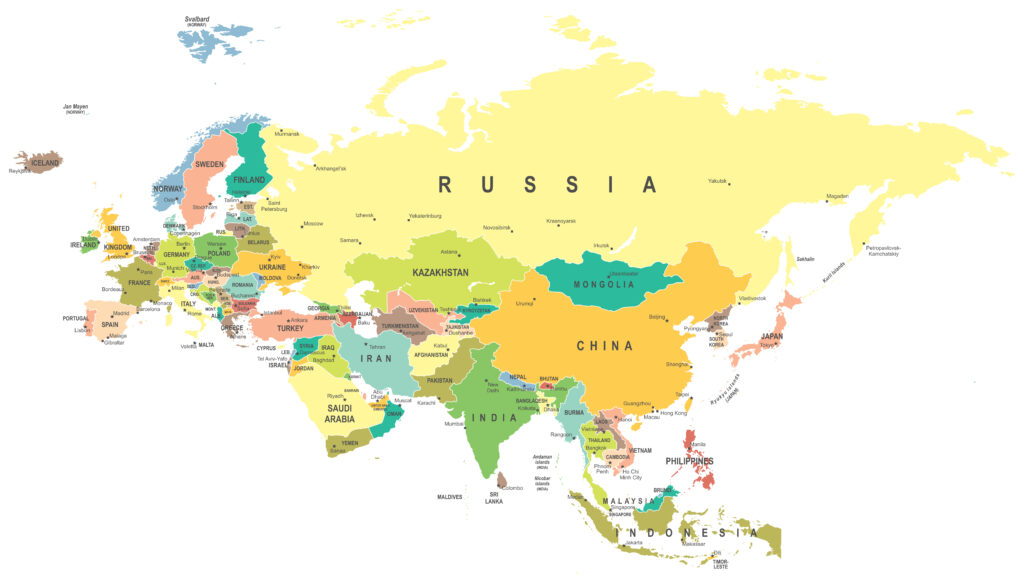
Kremlin website, 2/12/24
The meeting was attended by Prime Minister Mikhail Mishustin, First Deputy Prime Minister Andrei Belousov, Deputy Prime Minister – Chief of the Government Staff Dmitry Grigorenko, Presidential Aide Maxim Oreshkin, Finance Minister Anton Siluanov, and Central Bank Governor Elvira Nabiullina.
President of Russia Vladimir Putin: Good afternoon, colleagues,
As we agreed, today we will discuss the current situation in the Russian economy, including the 2023 economic performance, current trends in key industries, and of course, we will review further plans to strengthen manufacturing, finance, foreign trade, and the economy in general. I suggest we look into both the tasks at hand and the long-term priorities until 2030.
As I have already said, last year’s economic growth surpassed forecasts. Our calculations indicated Russia’s GDP growth at 3.5 percent, but according to the latest data, it is even 3.6 percent. It is higher than the global average, which is three percent. The economies of the developed countries are growing at a rate of 1.5 percent.
It is very important that this dynamic has been reached, primarily, on the basis of our internal capacities. Thus, industrial output has grown by 3.5 percent over the year, and the processing industries by 7.5 percent.
Double-digit growth is seen in sectors like computer manufacturing, aircraft production, shipbuilding, and the production of furniture, electrical equipment, and vehicles. For your reference: computers and peripherals saw an increase of 32.8 percent, while vehicles, particularly aviation equipment and ships, experienced growth of 25.5 percent. Furniture production increased by 20.7 percent, the leather and leather goods sectors, by 12.3 percent, while motor vehicles, trailers, and semi-trailers recorded a growth rate of 13.6 percent.
In turn, the real economy’s positive performance and the business sector’s confident work are making public finances more resilient. Last year, the federal budget deficit amounted to 1.9 percent of the country’s GDP. At the same time, non-oil-and-gas revenues increased by about 25 percent. In the fourth quarter, they exceeded projected estimates by almost 500 billion rubles. In January 2024, they soared by about 85 percent compared to 2023 levels. This once again confirms the growing role of the non-resource, processing sectors.
In January, the federal budget deficit totalled 308 billion rubles. Mr Siluanov, as far as I understand, this is much less than last year, is that right?
Minister of Finance Anton Siluanov: Yes, Mr President, definitely. We spent a lot of money in January 2023, and, of course, we posted a much higher deficit. We made substantial advance payments while financing multiple expenditures; and the deficit was therefore much higher.
Vladimir Putin: My data shows that it has dwindled by 1.3 trillion rubles on 2023. This is a serious indicator.
Speaking of regional budgets, we have balanced most of them. Last year, we recorded a small deficit totalling 0.1 percent of GDP. In January, total budget revenue of all Russian regions exceeded expenditure by 14 billion rubles.
I would also like to note that, according to current data, nationwide economic activity remains high. The situation is developing in accordance with the Government’s expectations and those of expert circles. For example, consumer demand remains strong, just about as high as in the fourth quarter of 2023. It is very important that this has a positive effect on the mood and plans of national businesses.
Of course, we should pay special attention to inflation and measures for curbing it. In late January, annual inflation was 7.2 percent. Of course, we know that consumer prices increased by 7.4 percent in 2023. This means that inflation is beginning to subside. I would like to note the joint actions of the Government and the Bank of Russia in this connection.
At the same time, against the backdrop of the increase in the Central Bank’s key interest rate – of course, this was predictable – lending slowed. Thus, in January, the corporate lending portfolio shrank by 0.2 percent, while the retail lending portfolio, on the other hand, increased slightly – by the same 0.2 percent. I know that my colleagues are closely monitoring these parameters. Of course, we will talk about this today as well.
The parameters I mentioned, of course, affect the growth rate of our economy both in the short term and in the long term. There are pluses and minuses to everything – I won’t go into detail now, we understand it well. I will only repeat: it is extremely important to maintain a balance between the overall goals of development, increasing investment and lending, preserving employment, and ensuring price stability.
I would also like to note that in the coming years, given the challenges facing the Russian and the entire global economy, we need a proactive, incentive-based policy that will enable us to unlock Russia’s industrial, agricultural, transport and high-tech potential at a new level and to create and revamp production facilities with modern, well-paid jobs in all constituent entities of the Federation.
We are now entering the final stage on our socioeconomic action plan for the next six years. Among other things, it will cover such key areas as investment support, ensuring technological sovereignty, upgrading and building infrastructure, comprehensive development of populated areas, and much more. At the same time, our main goal, our unconditional priority, is to improve the incomes and quality of life for our citizens and the well-being of Russian families.
Once again, I would like to emphasise that in implementing all the plans outlined, it is important to maintain the stability of public finance and adhere to the same principles of macroeconomic stability as in previous years, which, in fact, allowed us to overcome today’s challenges with such dignity. I ask my colleagues to proceed from these basic considerations.
Let’s move on to the discussion.